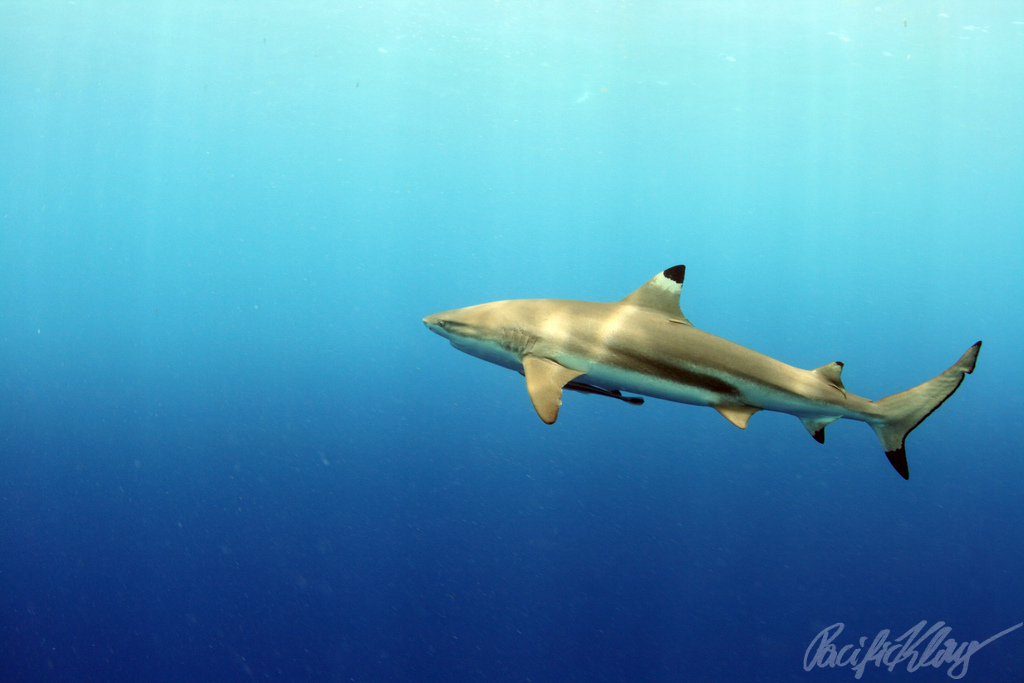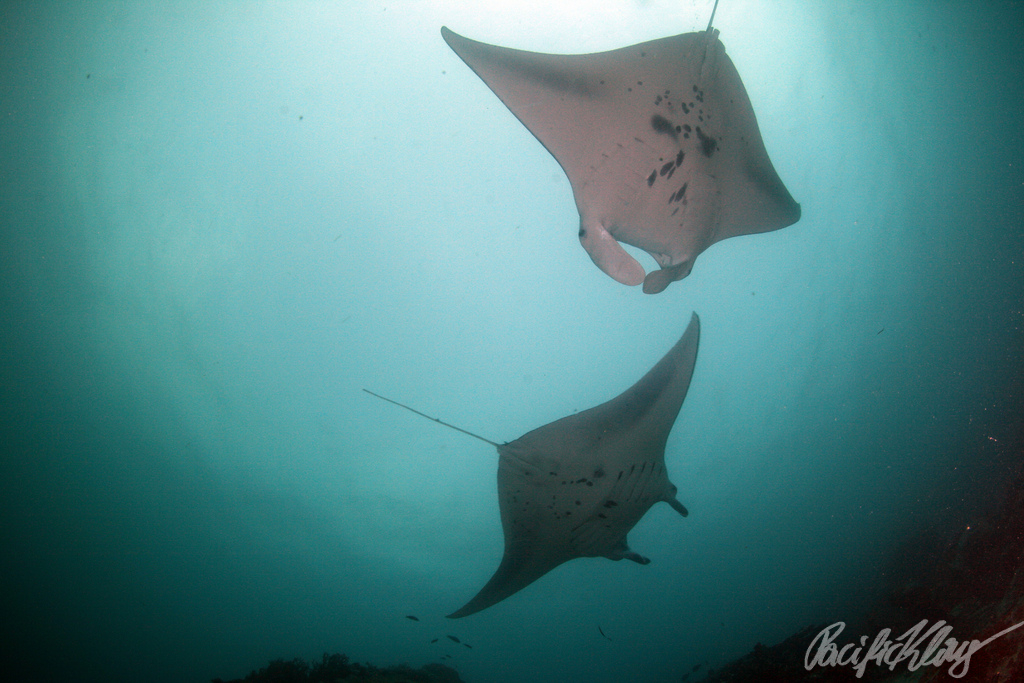Getting Started with Underwater Photography – Part 4 – Getting the Right Camera Ready the Right Way
Now, you should have decided on which underwater camera gear to get, which strobe to use with it, and you hopefully you have it all in front of you in shiny new boxes. Are you ready to jump into the oceans of the world and push your lens towards shark faces and coral towers?
Hold on, you are not quite yet there!

The tips I will give you in the next two blog entries will make sure you actually get to the point where you can shoot marine life with an intact, functioning camera.
First, open the packages on an empty, clean desk. Don’t lose any small parts. Make sure your dog, small children or pet yeti are nowhere near the expensive and sophisticated gear you purchased. Then, do a RTFM for each piece on your desk (Read The Fucking Manual, for the few of you not familiar with the acronym). That little button in the lower left corner of your strobe? It might make all the difference between light coming out from its front side, or not.
I recommend keeping your dog or whatever hairy pet you have away from your camera gear not just when you are working on it, but I suggest keeping your whole camera area as canine/feline/bunny-rabit-free as possible all the time. Dog hair and any other type of hair, dust and mulch are death to keeping your housing water-tight and can end up in front of your lens as well.

If your camera is new to you, take a few days to shoot with it on land. Play with all the settings, learn where the controls are so that you don’t have to search through all the buttons if you quickly need to change something once underwater. Learn how it focuses, and where its limitations are in low light conditions and when taking macro shots. You’ll want to have an intuitive understanding of your camera by the time you bring it on a dive.
Once you have understood where everything goes, assemble your camera into your housing. Make sure all buttons and wheels are well aligned, and all connectors connected. Take special care of your system’s o-ring – the rubber which sits in a groove on the surface where the two parts of your housing connect. Apply a thin film of silicon lube on the o-ring (the camera housing should come with a tube of that, don’t use Vaseline or olive oil!) and make sure no sand grain, hair or other particle is stuck on the o-ring. Make sure it is not cracked or torn (replace it, if so), and place it in its groove with no part bulging out. Close the housing! It should now seal the precious electronics on the inside from the seawater which will soon flow around its outside.
Then, when you deem your system ready to submerge, do two things: One, take a test picture of any random object on your desk. Only if all parts are assembled and connected correctly will you get the camera to focus and shoot, and the strobe to go off. Then look if you can access the review functions of the camera, and if you can change its settings such as aperture and shutter speed. If not, you can still fix that problem now. You wouldn’t want to find out that a critical part of your camera setup is not working when you are already 15 meters deep in front of a pretty coral formation, with absolutely no chance of opening the housing and tightening that screw or wiggling that connector.
After you have found that everything works, do a test dunk in a bucket of water and check if your housing leaks. Again, it’s much better to notice than immediately, when your camera swims in freshwater, than after half of the housing has filled with seawater and you are 10 or 15 meters deep. Pay special attention to the seams, the parts where two components of your housing connect, and look for streams of bubbles emerging from there. If you catch a leak like that, immediately de-bucket your camera and take a close look at the o-ring.
If you can take pictures with your camera housed safe and watertight in its housing, there is nothing more in the way of you bringing it on a dive! Check back next week for advice how to safely get your gear into the water.